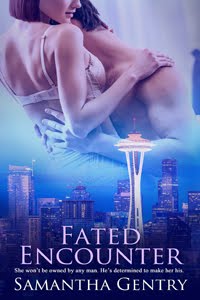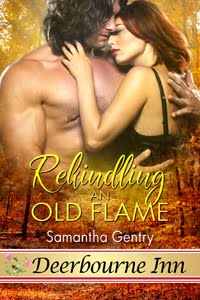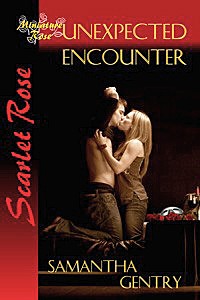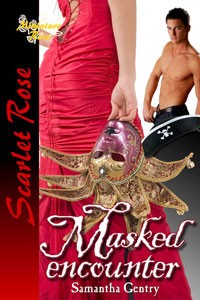
I forgot to write my blog for today. Well, not exactly. Obviously I wrote one because here it is. The problem is that I didn't write it ahead of time so I could post it first thing this morning. Right now it's 8:15am Central time and I'm just starting to write without having a real topic or anything firmly in my mind.
How did this happen is the question. And the answer is: Holiday Weekend. Today is the fourth consecutive Sunday that's happened this week. Last Wednesday seemed like Saturday because it was preparation for the next day's Thanksgiving holiday. That made Thursday seem like Sunday. The Friday after Thanksgiving, the biggest shopping day of the year termed Black Friday because it's the day merchants have covered all their expenses through the end of the year and move out of red ink financial losses and into black ink profits, felt like Sunday. Then the next day, being part of a holiday weekend, felt like yet another Sunday. And today, of course, is actually Sunday.
And speaking of Black Friday…people started lining up at Best Buys here about midnight Thursday for the store opening at 5am on Friday. It was the same at Target and Wal-Mart as well as many other stores in the malls. I did some shopping, but I did it online. Far less stressful and the same good bargains. :)
And if you are the one who had all the friends and family to your house for Thanksgiving turkey with all the traditional trimmings, you've probably been eating leftovers for three days and by now you don't want to see another turkey for a while. :)
So, with four Sundays available to me this week, here I am scrambling to get my weekly blog written so I can post it Sunday morning.
I don't know about anyone else, but recovering from a holiday weekend always feels to me as if I'm learning a set routine all over again from scratch. With tomorrow morning I need to think Monday again. I really don't want to deal with a fifth consecutive Sunday in one week. :)
How many of you braved the crowds to get the super bargains stores were offering on Black Friday? Any of you stand in line in the middle of the night waiting for the store to open? I'm assuming that big ticket electronic items made up most of the purchases…all those flat panel HDTVs and new computers.
And now, take a deep breath and prepare for the Monday morning return to normal.






























